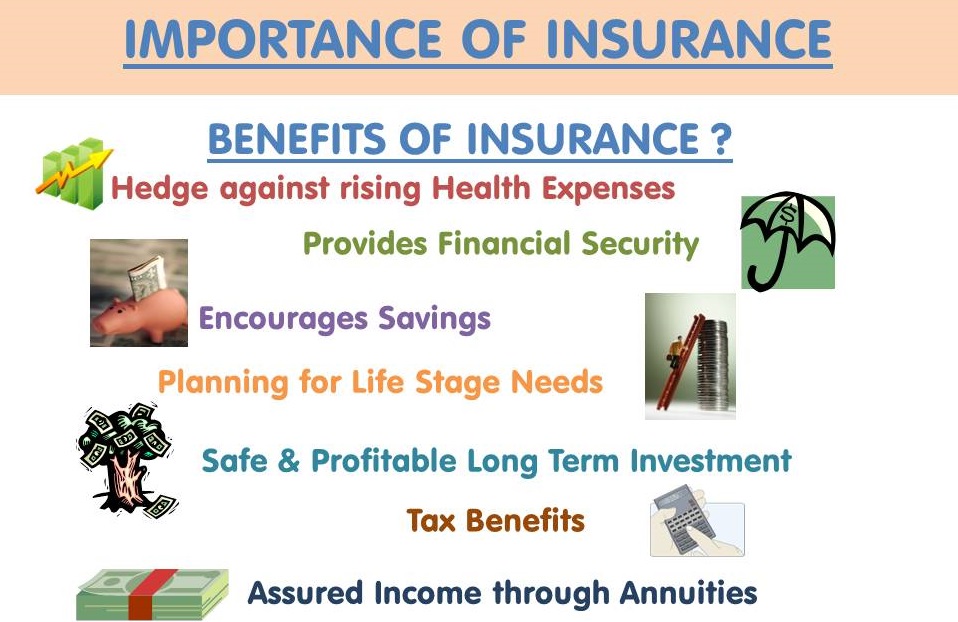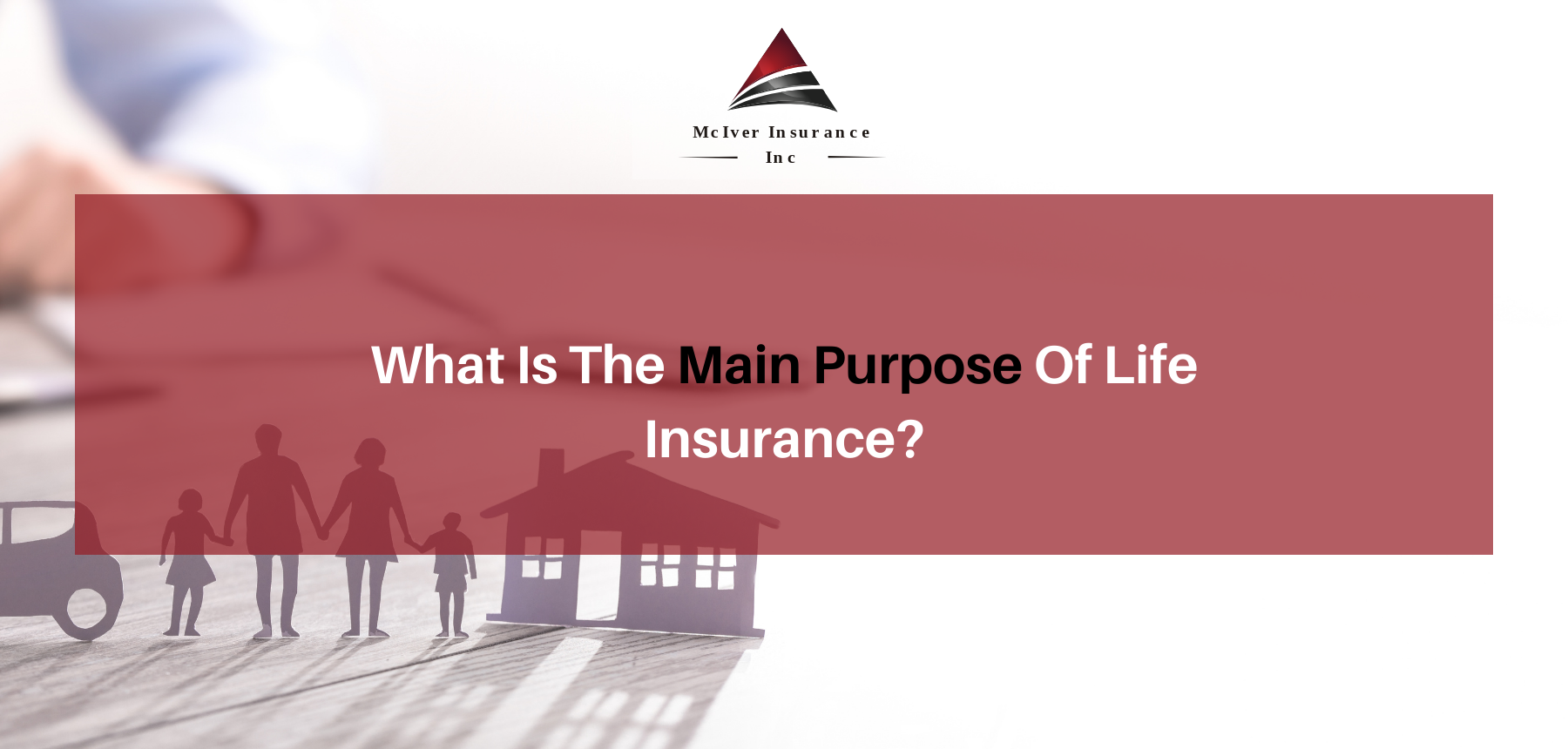Pacific Prime Fundamentals Explained
Table of ContentsPacific Prime for BeginnersAbout Pacific PrimeThe 5-Second Trick For Pacific Prime6 Easy Facts About Pacific Prime ExplainedSome Known Facts About Pacific Prime.

This is since the data were accumulated for a duration of solid financial performance. Of the estimated 42 million people who were uninsured, all however about 420,000 (about 1 percent) were under 65 years old, the age at which most Americans end up being eligible for Medicare; 32 million were grownups in between ages 18 and 65, around 19 percent of all adults in this age team; and 10 million were children under 18 years of age, regarding 13.9 percent of all kids (Mills, 2000).
These estimates of the variety of persons uninsured are produced from the yearly March Supplement to the Current Population Survey (CPS), performed by the Census Bureau. Unless otherwise kept in mind, nationwide price quotes of people without health and wellness insurance and proportions of the populace with various sort of insurance coverage are based on the CPS, one of the most commonly made use of resource of price quotes of insurance policy protection and uninsurance prices.
What Does Pacific Prime Mean?

Still, the CPS is especially helpful since it creates annual quotes reasonably quickly, reporting the previous year's insurance policy coverage estimates each September, and due to the fact that it is the basis for a regular set of estimates for even more than two decades, permitting analysis of fads in insurance coverage gradually. For these reasons, along with the considerable usage of the CPS in other researches of insurance policy coverage that exist in this record, we rely on CPS estimates, with constraints noted.

The quote of the number of without insurance people expands when a populace's insurance policy status is tracked for several years. Over a three-year duration starting early in 1993, 72 million individuals, 29 percent of the united state population, were without protection for a minimum of one month. Within a solitary year (1994 ), 53 million people experienced at the very least a month without coverage (Bennefield, 1998a)
6 out of every ten uninsured adults are themselves used. Working does improve the chance that one and one's family participants will have insurance, it is not an assurance. Even participants of families with 2 full-time wage earners have almost a one-in-ten chance of being without insurance (9.1 percent uninsured price) (Hoffman and Pohl, 2000).
Excitement About Pacific Prime
New immigrants make up a considerable proportion of individuals without medical insurance. One analysis has actually attributed a considerable part of the recent growth in the dimension of the united state without insurance population to immigrants who showed up in the nation in between 1994 and 1998 (Camarota and Edwards, 2000). Current immigrants (those that came to the United States within the past four years) do have a high price of being without insurance (46 percent), yet they and their children represent just 6 percent of those without insurance policy nationally (Holahan et al., 2001).
The connection in between medical insurance and access to care is well developed, as documented later on in this chapter. Although the connection in between medical insurance and health and wellness results is neither straight nor basic, a comprehensive scientific and wellness solutions research study literature links medical insurance protection to enhanced access to care, better quality, and improved individual and populace health and wellness condition.
Degrees of evaluation for checking out the impacts of uninsurance. It concentrates particularly on those without any wellness insurance coverage for any type of size of time.
The smart Trick of Pacific Prime That Nobody is Discussing
The troubles faced by the underinsured are in some aspects comparable to those faced by the without insurance, although they are generally less extreme. Health and wellness insurance coverage, however, is neither necessary neither adequate to gain accessibility to medical solutions. The independent and straight effect of wellness insurance policy coverage on accessibility to health and wellness solutions is well developed.
Others will certainly obtain the wellness treatment they need also without medical insurance, by spending for it out of pocket or seeking it from companies that provide treatment complimentary or at highly subsidized prices. For still others, health insurance coverage alone you could check here does not ensure receipt of treatment due to various other nonfinancial barriers, such as a lack of healthcare carriers in their community, restricted accessibility to transportation, illiteracy, or etymological and social differences.
All about Pacific Prime
Official study concerning uninsured populations in the United States dates to the late 1920s and early 1930s when the Committee on the Expense of Healthcare generated a collection of records about financing physician office sees and hospital stays. This issue became prominent as the varieties of clinically indigent climbed up during the Great Anxiety.